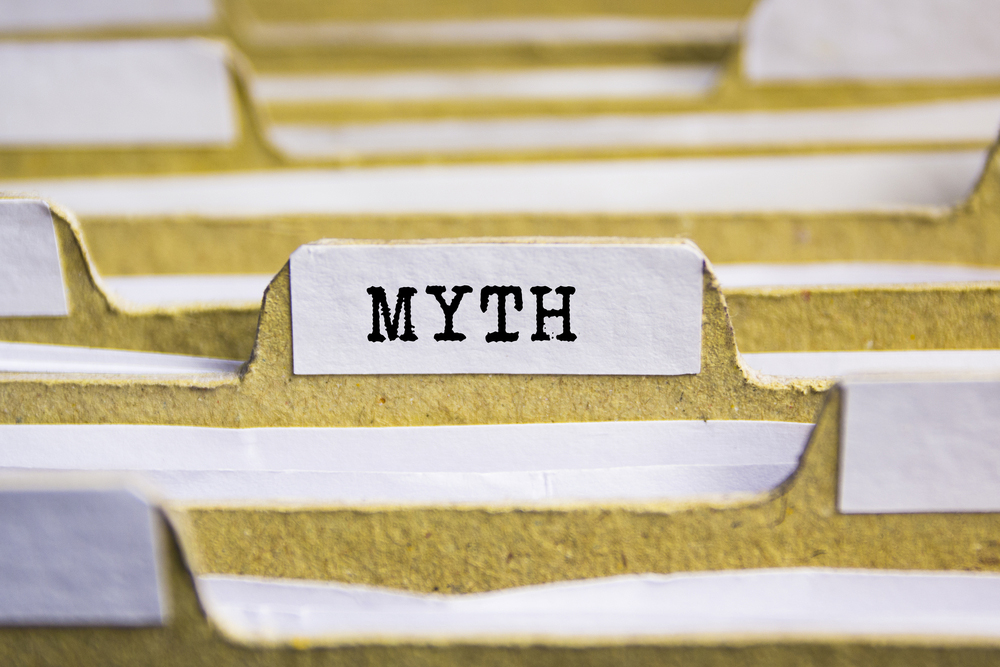Is Safe Catch Holding Tight To The Mercury Myth?
Old News
In Fast Company, Magazine editor Eillie Anzilotti reports that the Safe Catch tuna testing company “Is On A Mission To Clean Up The Oceans.” Apparently Anzilotti didn’t bother to research the years’ worth of blogs we’ve posted that question whether Safe Catch is also on a mission to promote as much mercury misinformation as consumers can stomach:
- Safe Harbor: Marketing or Misinformation?
- Safe Harbor: Marketing or Misinformation? (Part II)
- More of the Same from Safe Catch
- Marketing the Mercury Myth: This Time on Shark Tank
Safe Catch Tuna Promoting Unfounded Fears
While Safe Catch may be collecting and tracking a mountain’s worth of interesting data they also appear to be unnecessarily scaring consumers away from safe, healthy canned tuna and promoting unfounded fears about mercury in seafood.
Mercury Facts from the FDA
The reality is, the average can of light and albacore tuna have mercury levels of 0.1 and 0.3 parts per million (ppm) mercury, well below the FDA safety level of 1.0 ppm, which includes a ten-fold safety factor—measuring the actual limit is 10.0 ppm. More importantly, both types of canned tuna are rich sources of lean protein and healthy omega-3 fatty acids. An exhaustive body of science has examined the interplay between mercury and the beneficial nutrients in fish and repeatedly concluded that “consistent evidence shows that the health benefits from consuming a variety of seafood in the amounts recommended outweigh the health risks associated with methyl mercury” (USDA/HHS Dietary Guidelines for Americans.) Safe Catch conveniently fails to highlight this fact in its marketing and it goes unmentioned by Fast Company.
Someone Should Calculate Benefit and Risk… Oh, Wait, They Already Have
The FDA has looked at just what the ratio of benefit to potential harm might be from a litany of species and one of those is tuna. Using pregnant women as the marker, the FDA’s own comprehensive research found pregnant women could eat 164 ounces of canned light tuna every week without concern. That’s more than 40 tuna sandwiches in one week (FDA Quantitative Assessment of the Net Effects on Fetal Neurodevelopment from Eating Commercial Fish). Such published, peer-reviewed science illustrates why Safe Catch is a solution in search of a problem that essentially spreads public health misinformation.
Sustainability Standards
Meanwhile Anzilotti ‘s bio lists her as covering sustainability but she barley even pressure tests just how Safe Catch sources its “low mercury” tuna. She notes that Safe Catch has partnered with the Monterey Bay Aquarium Seafood Watch Program on sustainable standards and that the company examines the fish to make sure they’re “within the normal size for the particular type of tuna.” But does not appear to ask whether that means they’re within the normal size for juvenile tuna. Likewise, she notes that “Safe Catch only sources from fisheries that have been certified by the U.S. Department of Commerce.” But Safe Catch sources from domestic waters and any company that sources from only domestic waters would be sourcing from stocks certified by the U.S. Department of Commerce. That’s like suggesting a trucking company maintains safety standards by only drives on roads regulated by speed limits.



